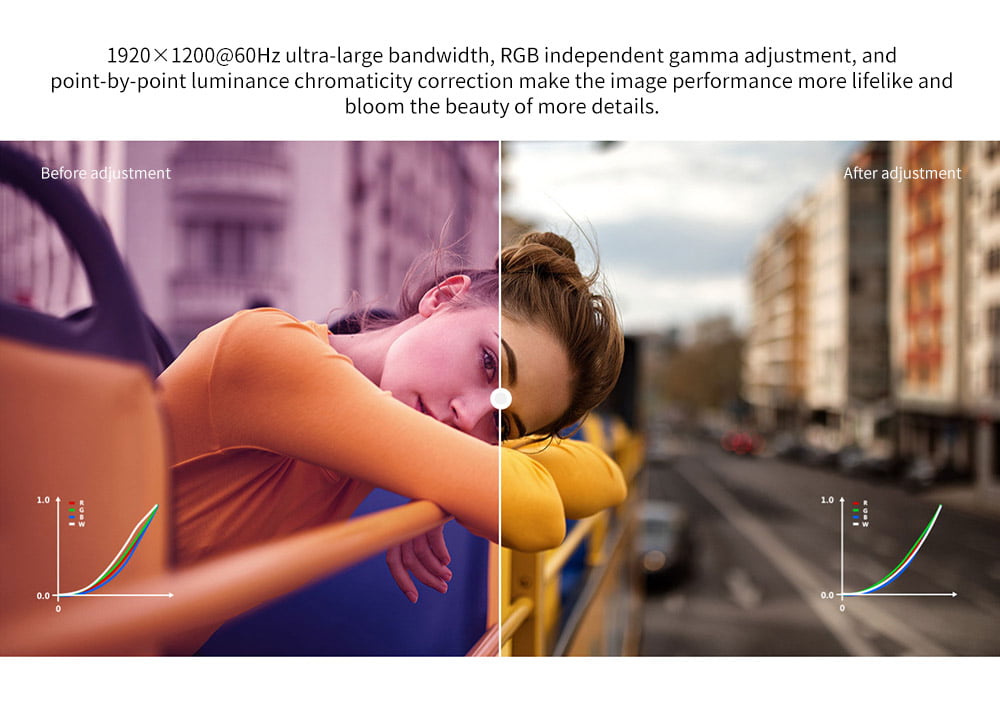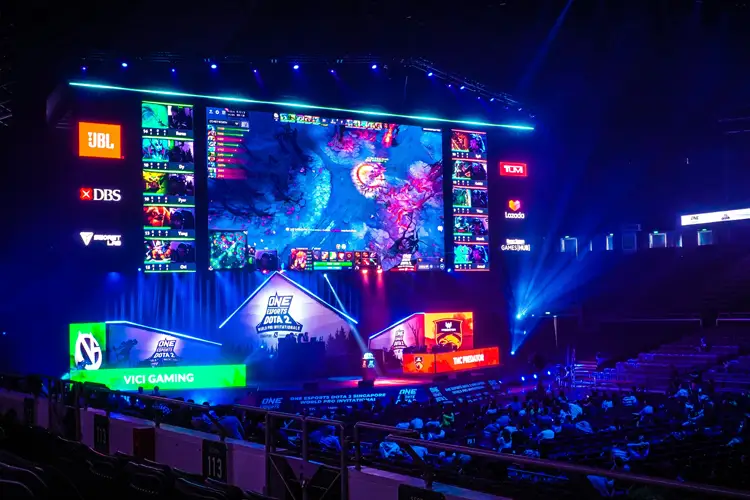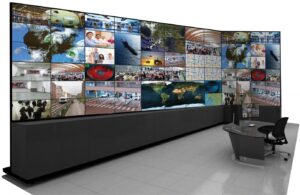Differences Between LED and OLED Technologies
Differences Between LED and OLED Technologies LEDs and OLEDs: An Overview LEDs and OLEDs are technologies that convert electrical energy into visible light through electroluminescence. They are widely used in display technologies, especially in modern television displays. How LEDs and OLEDs Differ LEDs use inorganic light-emitting materials, while OLEDs utilize organic molecules. This distinction in materials brings unique advantages and drawbacks for each technology.
LEDs and OLEDs: An Overview
LEDs (Light Emitting Diodes) and OLEDs (Organic Light Emitting Diodes) are both technologies that transform electrical energy into visible light through a process called electroluminescence. Widely used in a variety of display technologies, they are particularly known for their roles in modern television displays.
How LEDs and OLEDs Differ
While both technologies share a common foundation in converting electrical energy to light, they differ fundamentally in the materials they use. LEDs use inorganic light-emitting materials, whereas OLEDs utilize organic molecules. This distinction in materials brings different advantages and drawbacks for each technology.

Advantages and Disadvantages of OLEDs
- Thin and Flexible: OLEDs are thinner than LEDs and can be crafted with flexible materials, allowing for foldable or rollable displays.
- Enhanced Color and Contrast: Each pixel in an OLED display emits its own light, allowing for superior color control and true blacks by turning off individual pixels.
- Fast Response Time: OLEDs boast faster response times compared to LEDs, which reduces motion blur and enables smoother transitions.
- Higher Cost: OLED displays are more expensive to produce, often resulting in a higher price for consumers.
- Shorter Lifespan: The organic materials in OLEDs can degrade over time, potentially causing color and brightness issues.
Advantages and Disadvantages of LEDs
- Longevity and Reliability: LEDs generally have a longer lifespan and are less prone to issues like burn-in, where a static image gets permanently retained on the screen.
- Cost-Effective: LED technology is typically less expensive to manufacture, making it more affordable.
- Higher Brightness: LEDs often achieve greater brightness levels, making them suitable for well-lit environments.
- Reduced Color and Contrast: The use of a backlight in LEDs can lead to lower contrast ratios and reduced color accuracy.
- Thicker and Rigid: LED displays are typically thicker due to the backlight and are less suited for flexible applications.

Common Features of LEDs and OLEDs
Both LED and OLED technologies are energy-efficient, using less power to produce more light compared to traditional incandescent or fluorescent bulbs. They are environmentally friendly, containing fewer harmful materials like mercury found in fluorescent lights, and can be used in various applications, from small device screens to large lighting systems.
How OLEDs Work
An OLED consists of multiple layers, including an anode, a cathode, and organic layers in between, such as the emissive and conductive layers. When an electrical current is applied, electrons and holes move through these layers, releasing energy in the form of light when they recombine. The specific colors emitted depend on the type of organic molecules used in the emissive layer.
How LEDs Work
LEDs are composed of semiconductor materials arranged in a p-n junction. When a current is applied, electrons and holes move toward each other, releasing energy as light when they meet. The color of the light emitted depends on the specific semiconductor materials used.

Looking Ahead: The Future of LED and OLED Technologies
OLED technology continues to evolve, promising innovations such as stretchable and rollable displays. While OLEDs offer significant advantages, LEDs remain widely used due to their cost-effectiveness, durability, and brightness. Ongoing research into both technologies suggests that each will continue to develop and serve different roles in various applications.
Contact Us




